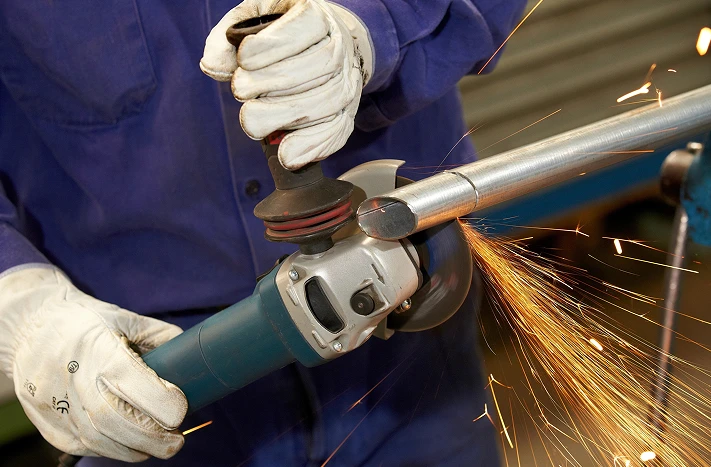Stripping Discs The Art and Science of Efficient Disc Removal
Stripping discs, commonly referred to in various engineering and industrial contexts, have garnered attention for their role in facilitating efficient and safe disc removal. Whether in the automotive industry, printing presses, or even in constructions such as steel or wood disc applications, understanding the methods and techniques associated with stripping discs can lead to enhanced productivity and reduced downtime.
At its core, the term stripping disc can refer to any tool or disc designed specifically to remove coatings, paints, or other materials from surfaces. However, as technology advances, these tools have become increasingly specialized. Modern stripping discs are crafted from a variety of materials, each selected for specific properties such as abrasion resistance, flexibility, and heat dissipation. For example, nylon-backed stripping discs, often loaded with abrasive materials, are popular for their ability to mold to uneven surfaces, effectively removing old paint or rust without damaging the underlying material.
One key advantage of stripping discs is their efficiency. Traditional sanding methods often require multiple tools and prolonged working hours, while stripping discs can accomplish tasks in a fraction of the time. This efficiency stems from their design, allowing for a greater surface area to make contact with the material being stripped. When utilized correctly, operators often find that they can achieve smoother finishes and a better plan for subsequent treatments.
The science behind stripping discs is equally significant. The abrasive materials embedded in the discs are meticulously selected based on hardness, shape, and size, determining how aggressively they can strip surface materials without harming the substrate. For instance, discs made with aluminum oxide are widely used for general-purpose stripping tasks due to their durability and performance on various materials, including metals and wood.
Moreover, the choice of backing and grit also plays a crucial role
. Some stripping discs come with a rigid backing for tougher applications, while others are designed with softer materials to accommodate more delicate tasks. The interplay between these components is what allows operators to select the ideal disc for their specific needs.stripping disc

Another noteworthy advancement in stripping disc technology is the integration of safety features. Traditional stripping methods can generate significant debris and dust, and exposure to such particles can pose health risks over time. Modern stripping discs are designed to minimize dust generation. Some discs are equipped with built-in vacuum ports that allow for on-the-spot dust collection. This not only improves the working environment but also enhances visibility, enabling operators to work more effectively.
In addition to safety, ergonomic considerations have been factored into the design of stripping discs. Operators are often required to maintain specific positions for extended periods, which can lead to strains or fatigue. Many modern tools that utilize stripping discs come with ergonomic handles, balancing mechanisms, and adjustable speeds, allowing for more comfortable usage and extended operational periods without discomfort.
However, despite myriad benefits, operators must adhere to best practices to maximize the lifespan and effectiveness of stripping discs. Proper maintenance and storage are key elements, with recommendations often suggesting regular cleaning of the discs and ensuring they are kept in a dry environment to prevent degradation. Additionally, understanding the specific applications for each type of disc and using them accordingly can prevent premature wear and ensure top-notch performance.
Furthermore, training and knowledge transfer are vital within industries that rely on stripping discs. Ensuring that operators are well-versed in the proper techniques, safety protocols, and maintenance routines can significantly enhance not only the lifespan of the tools but also the safety of the operators.
In conclusion, stripping discs play an indispensable role in a wide variety of industries, offering efficient and effective solutions for surface preparation, material removal, and finishing. Through advancements in technology and design, these tools have transformed the way professionals approach stripping tasks. Whether you are a seasoned operator or just beginning, understanding the intricacies of stripping discs can provide valuable insights into improving productivity and achieving outstanding results.
Post time:Dec - 19 - 2024

















